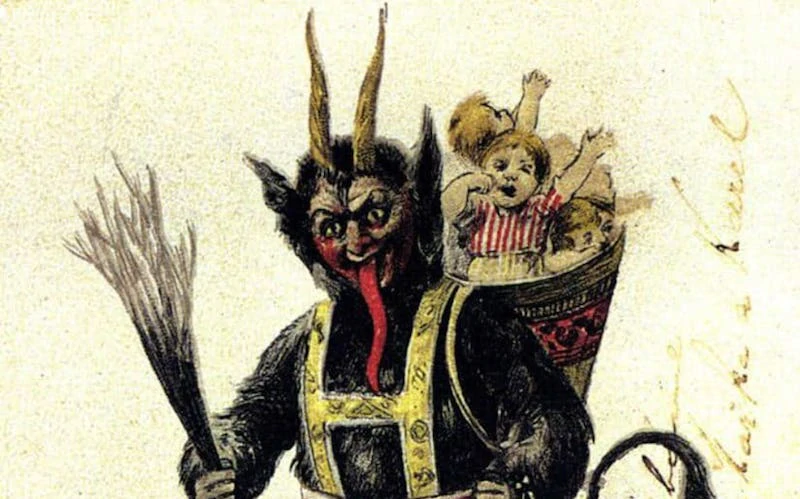Last updated on January 25th, 2023 at 10:43 pm
Most of us are familiar with the guillotine. It’s a set of stocks into which a person’s head is placed and secured before an extremely sharp blade is released from a height to fall at speed on a person’s exposed neck severing the victim’s head clean from their body.
The guillotine was used extensively in France in the late eighteenth century during the French Revolution as nobles, political radicals, and even a king and queen were executed by the Revolutionary government in the 1790s.
At the height of the Terror, overseen by the fearsome Jacobins, it symbolized how France’s revolution was soaking Paris and France at large in bloodshed. But few know the history of the guillotine itself, who invented it, and the inventor’s goals.
The Early Life of Joseph-Ignace Guillotin
People generally associate the guillotine with Joseph-Ignace Guillotin, a French physician and politician who lived during the 18th century.
Guillotin was born in the town of Saintes in western France in 1738. A member of a middle-class French family, when Europe’s wealth and living standards were increased considerably, he was sent to be educated at a Jesuit school in Bordeaux during the 1750s.
He earned an MA at the University of Bordeaux in 1761 before heading to Paris to study medicine. After several years there, he acquired sufficient qualifications to practice medicine by the early 1770s.
The Enlightenment changed How Europeans Viewed Capital Punishment.
Guillotin was interested from an early date during his career as a physician in the issue of torture, death, and capital punishment. This was the Age of Enlightenment in Europe when new concepts about human rights and ethical ways of the government treating citizens were being debated and even implemented.
Thus, for instance, in the early part of the century, the French and British governments had begun to prohibit some of the more vicious forms of torture and capital punishment, which had been regularly utilized in Europe since the Late Middle Ages.
Other practices, such as torturing women to gain confessions of witchcraft, were prohibited across many European countries in the 1720s and 1730s. However, by Guillotin’s time, people began to consider how to execute criminals if they were found guilty of treason or mass murder.
In the late medieval and early modern periods, the typical manner of execution in cases such as this was to be burnt to death or hung, drawn, and quartered.
Yet these brutal forms of capital punishment had come under increasing criticism, notably following the infamously gruesome execution of Robert-Francois Damiens, a mentally unhinged Frenchman who had attempted to kill King Louis XV in 1757. Across the channel in England, they faced similar botched executions.
Due to events like this, physicians such as Guillotin began looking for more humane ways of executing executions in the 1770s.
Who Actually Invented the Guillotine?
It should be noted that Guillotin was not concerned solely with human rights. One of his proposals was that condemned criminals should be used for scientific experiments, claiming that this would be preferable to be killed.
Around the same time, two individuals, a royal physician to King Louis XVI, Antoine Louis, and a German engineer called Tobias Schmidt, developed the device which would soon become known after Guillotin.
Their prototype was effectively the guillotine which would be widely used in the 1790s, though Louis and Schmidt’s machine used a straight-angle blade rather than the curved type, which would be employed later.
Guillotin became involved following the assembly of the first Estates-General, a French parliament, in over 170 years in 1789. The French Revolution began just weeks later as King Louis XVI and his government completely lost control of the situation.
Guillotin became a member of the National Assembly. The parliamentarians began calling themselves and introduced legislation in October 1789 prohibiting inhumane forms of capital punishment in favor of a simple, swift beheading of victims.
As a result, Louis and Schmidt’s device was adopted as the government’s method of executing individuals in late 1789. However, the guillotine, which was now named after its sponsor in the National Assembly, was altered to have a curved blade which it was believed would prove more efficient.
Thus, the guillotine was largely invented by Antoine Louis and Tobias Schmidt, but the adoption of it by the French government during the French Revolution was the work of Guillotin, after whom it was subsequently named.
The Reign of Terror
The rest is relatively well known. During the Reign of Terror, which followed in the early 1790s, over 20,000 people were executed across France by guillotine, including King Louis XVI in January 1793 and Queen Marie Antoinette the following October. Eventually, even the head of the Terror, the Jacobin leader, Maximilien Robespierre, was executed by it in July 1794.
Moreover, while the end of the French Revolution saw the guillotine fade from public consciousness to a large extent, the device continued to be used in France and other countries as a preferred method of execution for much of the nineteenth century.
It was eventually replaced in most jurisdictions by other more civilized methods such as lethal injection or the electric chair.
Nevertheless, it remained the standard form of state execution in France down to the late twentieth century, when the death penalty was eventually abolished. Thus, the device Louis and Schmidt invented and Guillotin popularised had a long two-century history in France.
Sources
‘Robert-François Damiens’, in Encyclopaedia Britannica, 15th edition (2009); Mary Eisener, ‘Killing Kings: Patterns of Regicide in Europe, AD 600–1800’, in British Journal of Criminology, Vol. 51 (2011), pp. 556-577; Jayne Mooney, ‘A Tale of Two Regicides’, in European Journal of Criminology, Vol. 11, No. 2 (2014), pp. 228-250.
John Wilson Croker, History of the Guillotine (London, 1853); Daniel Gerould, Guillotine: Its Legend and Lore (London, 1992).

